
The historic peace declaration signed between Azerbaijan and Armenia is opening the doors to a new era in the South Caucasus, while Türkiye’s diplomatic and geopolitical contributions stand out.
With the opening of the Zangezur Corridor, a strategic route will be established for the Turkic world; this route will not only connect Azerbaijan and Nakhchivan, but also link a vast geography stretching through Türkiye to Central Asia and Turkic kin communities.
Although Ankara is not directly involved in the process, it contributes to the permanence of regional peace both by standing alongside Azerbaijan and by seizing normalization opportunities with Armenia.
The South Caucasus has been at the center of ethnic conflicts, border disputes, and geopolitical rivalry since the dissolution of the Soviet Union.
In particular, the dispute between Azerbaijan and Armenia over the Karabakh region has been one of the main factors determining the instability of the region. Following the Second Karabakh War in 2020, Azerbaijan’s military superiority opened the door to a new diplomatic process.
The joint declaration signed in Washington on Aug. 8, 2025, has been regarded as the most concrete and historic step of this process.
This document, signed by Azerbaijani President Ilham Aliyev and Armenian Prime Minister Nikol Pashinyan under the mediation of U.S. President Donald Trump, not only established peace between the two countries but also reinforced Türkiye’s regional role and created a strategic basis for the integration of the Turkic world.
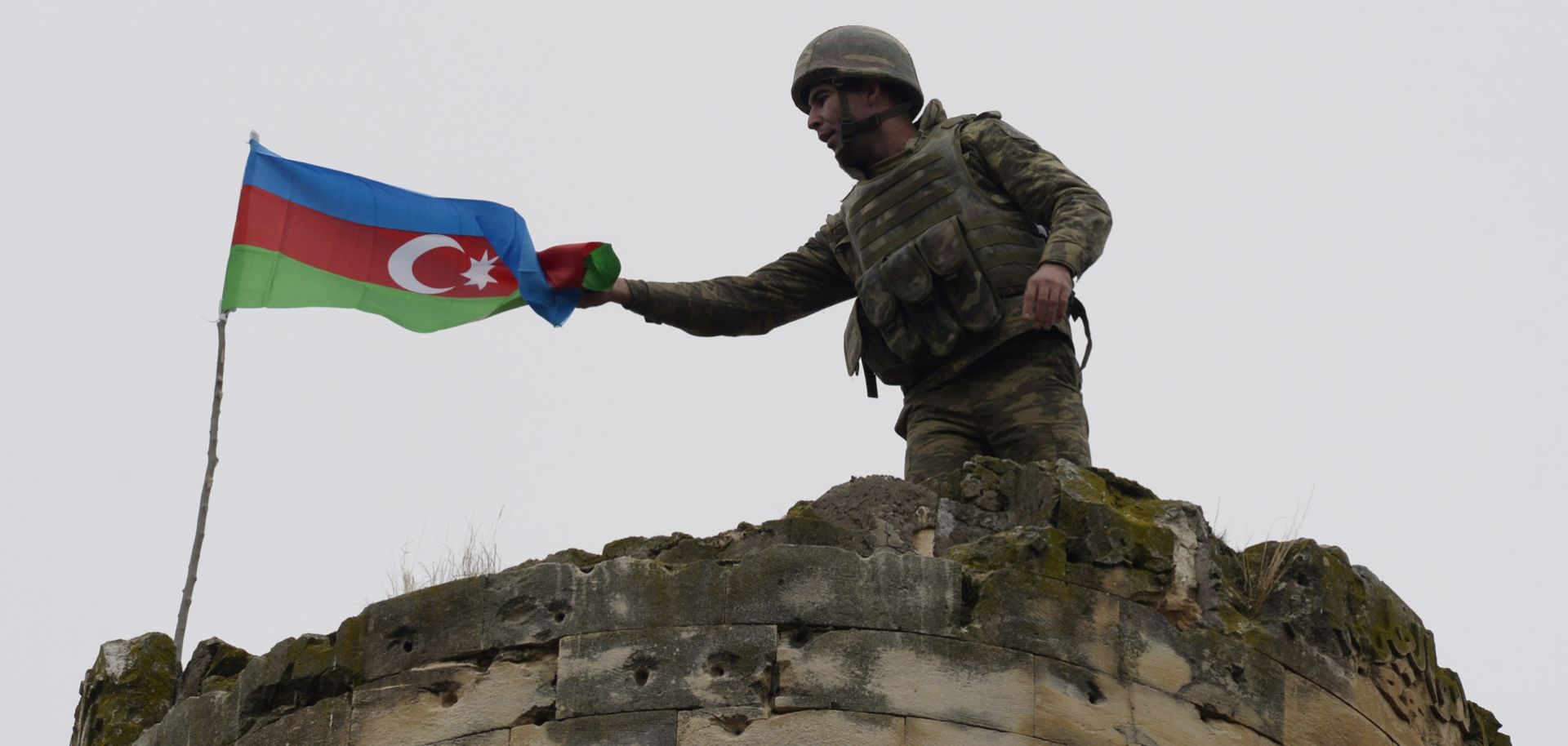
Relations between Azerbaijan and Armenia began to take shape in the 19th century with the demographic engineering policies of Tsarist Russia in the Caucasus.
In particular, the increase of the Armenian population in the Karabakh region laid the groundwork for ethnically based conflicts in the years to come.
During the Soviet era, Karabakh was defined as an autonomous region attached to the Azerbaijan Soviet Socialist Republic.
However, the process that began in 1988 with the demand of Karabakh Armenians for the region to be annexed to Armenia turned into open war with the dissolution of the Soviet Union in 1991.
As a result of the first Karabakh War between 1992 and 1994, Armenia occupied about 20% of Azerbaijan’s territory.
During this period, human tragedies such as the Khojaly Massacre occurred, and more than one million Azerbaijani Turks were forced to migrate.
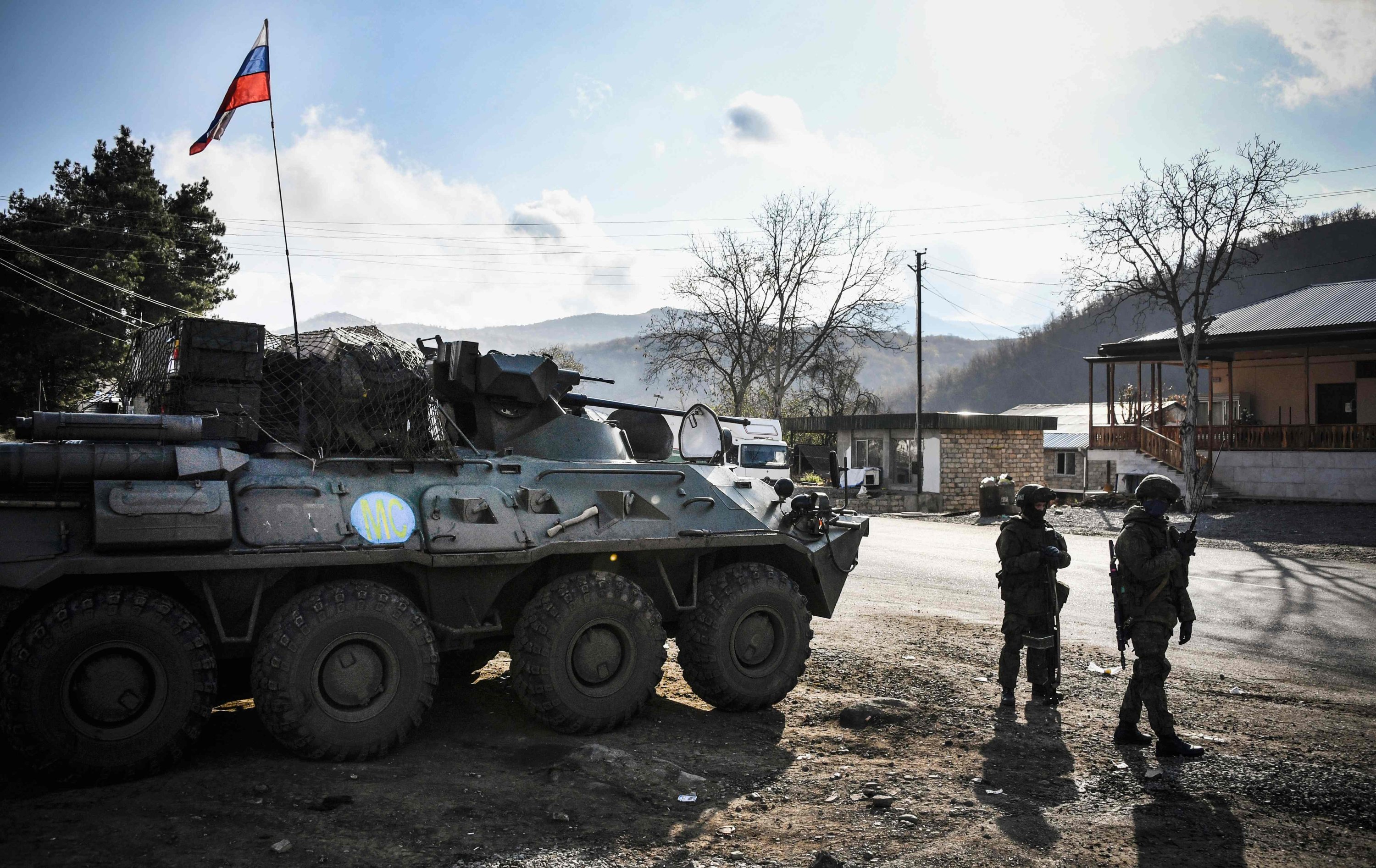
The Second Karabakh War in 2020 resulted in Azerbaijan’s military and diplomatic superiority. With the active support of Türkiye, Azerbaijan largely regained its occupied territories.
This war was a turning point that changed the balance of power in the South Caucasus and accelerated the peace process.
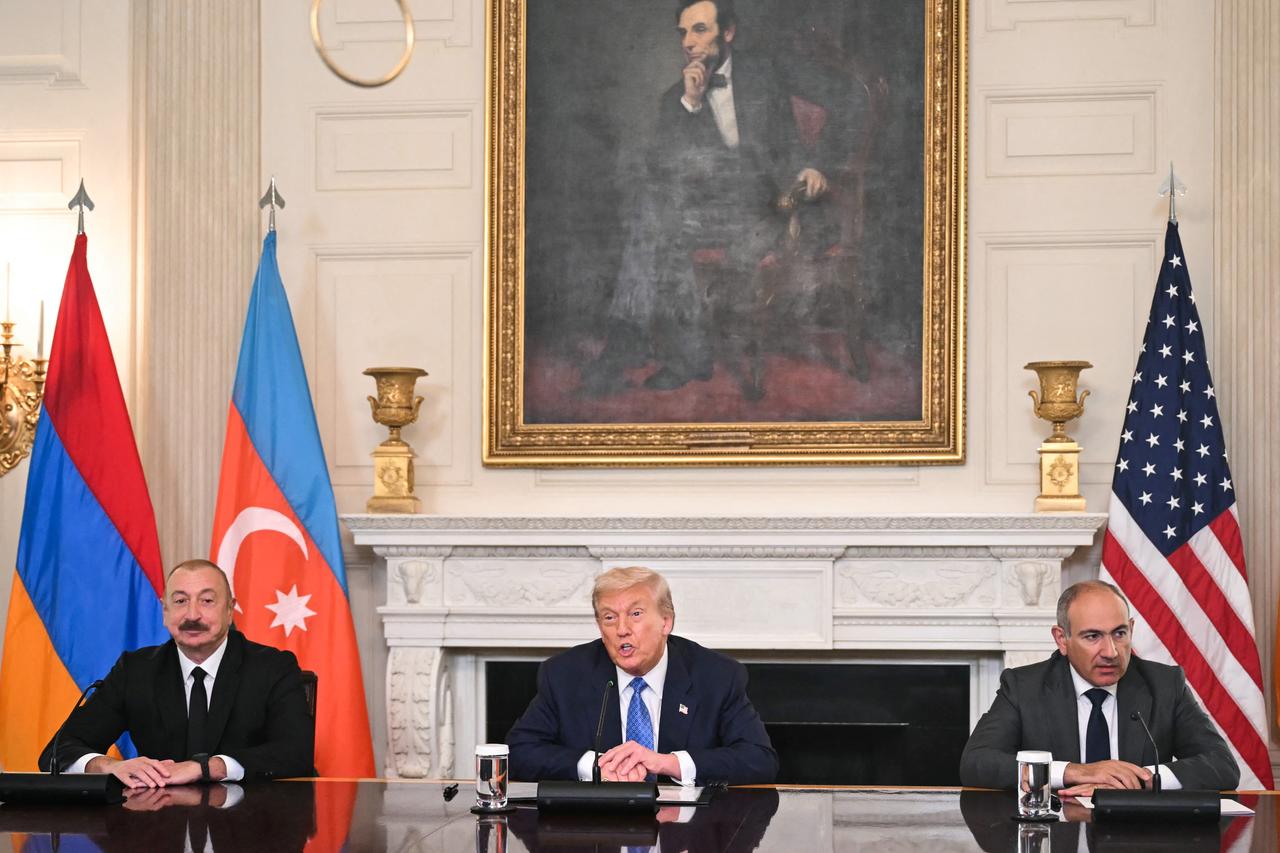
On Aug. 8, 2025, the joint declaration signed in Washington between Azerbaijani President Ilham Aliyev and Armenian Prime Minister Nikol Pashinyan marked a historic turning point in institutionalizing the peace process in the South Caucasus.
This summit, held under the mediation of U.S. President Donald Trump, placed the new balances formed after the Second Karabakh War in 2020 into a diplomatic framework.
Key articles of the declaration include mutual recognition of territorial integrity, establishment of diplomatic relations, demarcation of borders, and the opening of the Zangezur Corridor.
In particular, the opening of the Zangezur Corridor will enable a direct connection between Azerbaijan and Nakhchivan, forming a geoeconomic route extending through Türkiye to Central Asia.
This declaration also underlines that the OSCE Minsk Group has lost its effectiveness and that regional issues should be resolved by regional countries.
Türkiye’s role in this process has been decisive, both through its military and diplomatic support to Azerbaijan and its normalization talks with Armenia.
In the official statement of the U.S., the declaration was described as “a model for regional peace and economic integration.”

Donald Trump’s manner of involvement in the Azerbaijan-Armenia peace process is a new example of his classic “I did it” diplomacy. Presenting the process almost as his own work seems like a performance aimed at both the domestic audience and the international stage.
This attitude reflects Trump’s understanding of diplomacy: not negotiation, but the stage. While technical teams actually managed the process, Trump positioned himself as the architect of peace.
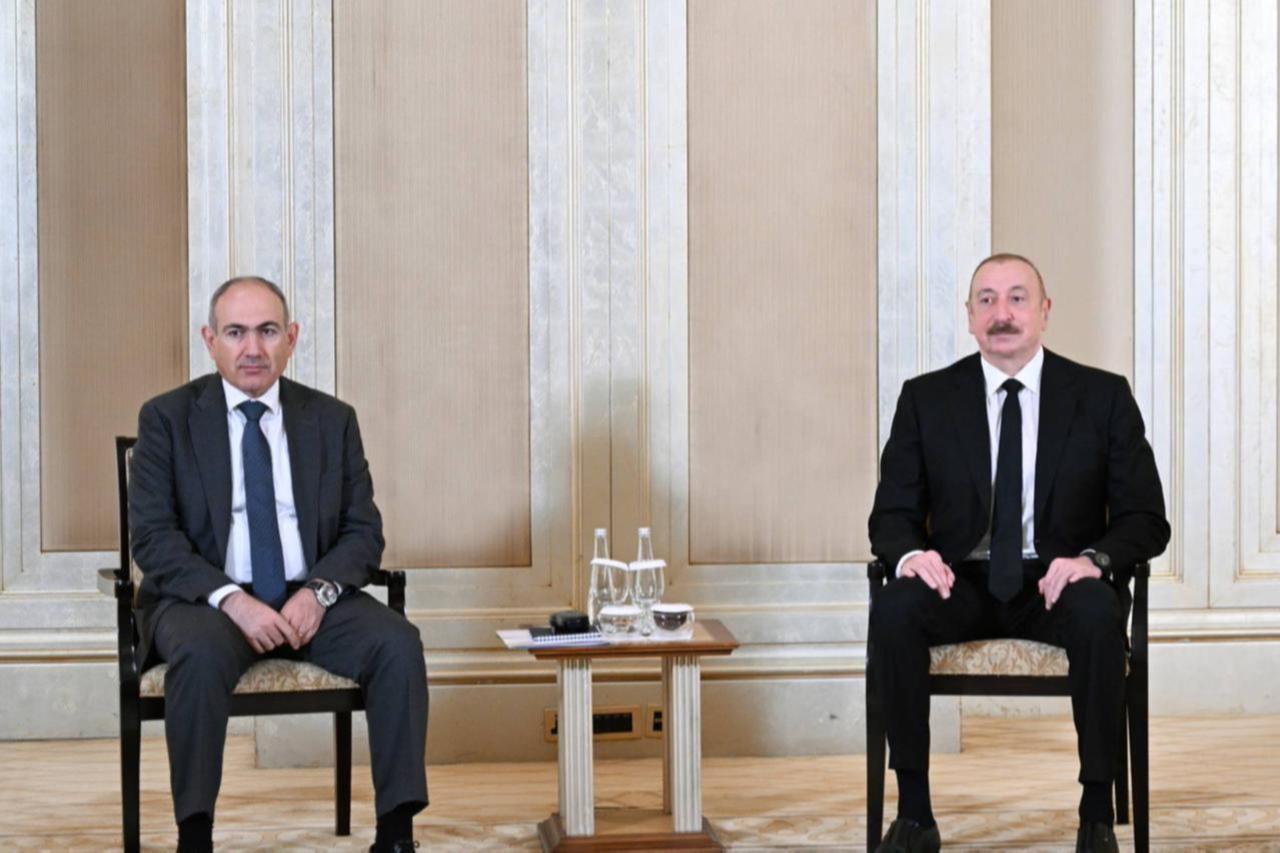
How much truth is there?
Trump’s contribution cannot be ignored, but the foundations of the process were laid much earlier:
In other words, Trump’s role remained more at the level of hosting and symbolic mediation. The technical and diplomatic groundwork was already in place.

Who owns the peace?
Trump is on stage, Türkiye is behind the scenes, but effective. Ankara’s position in this process is strategic and cautious:
Economic integration: Türkiye is actively working to open transportation routes and increase economic cooperation in the region.
The question of “Who is the architect of peace?” in this process raises not only the issue of diplomatic success but also that of perception management. While Trump gets applause on stage, Türkiye contributes to the permanence of the process with strategic patience.
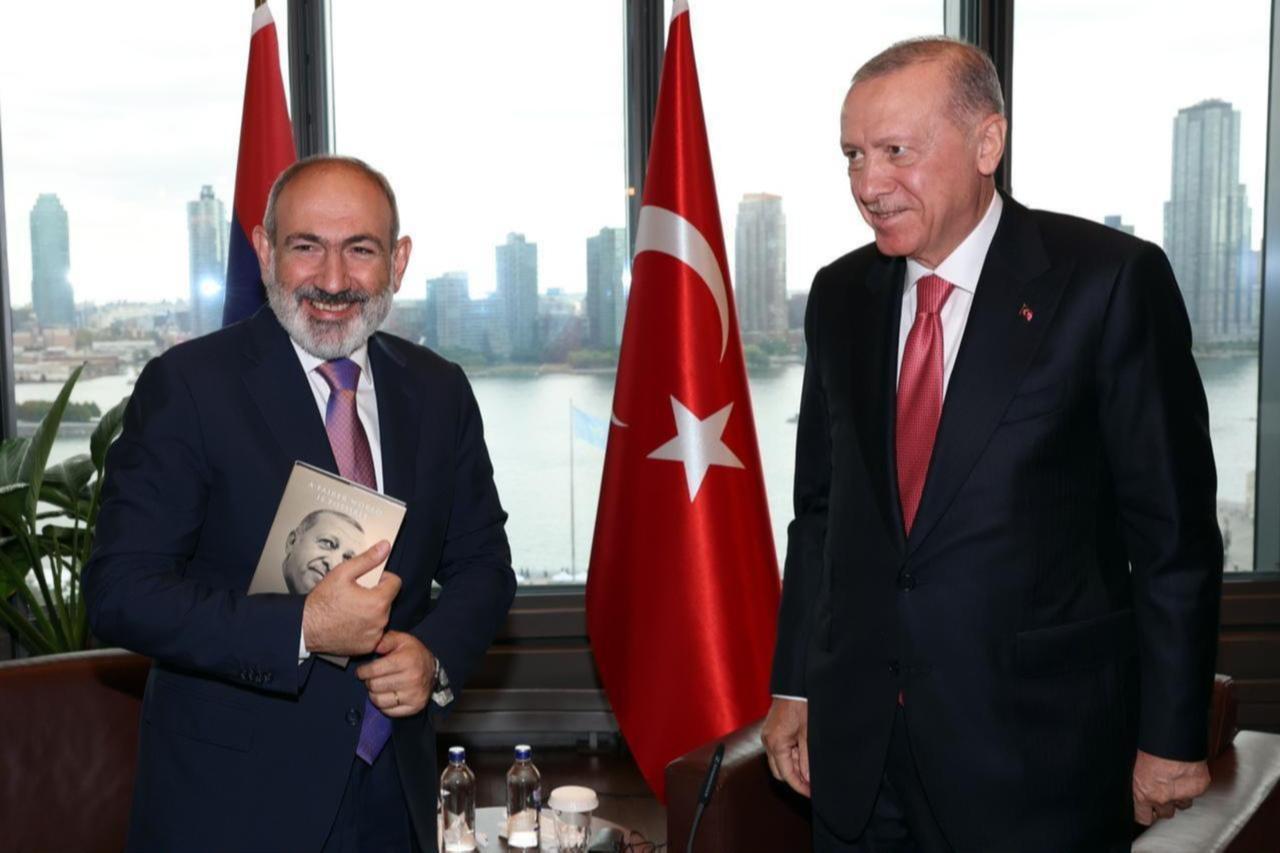
In the process of the Aug. 8, 2025, Declaration, Türkiye stood out as a decisive actor both diplomatically and strategically.
Since the Second Karabakh War in 2020, the military support it has given to Azerbaijan has increased Türkiye’s influence in the South Caucasus; this influence has turned into a diplomatic advantage in the peace process.
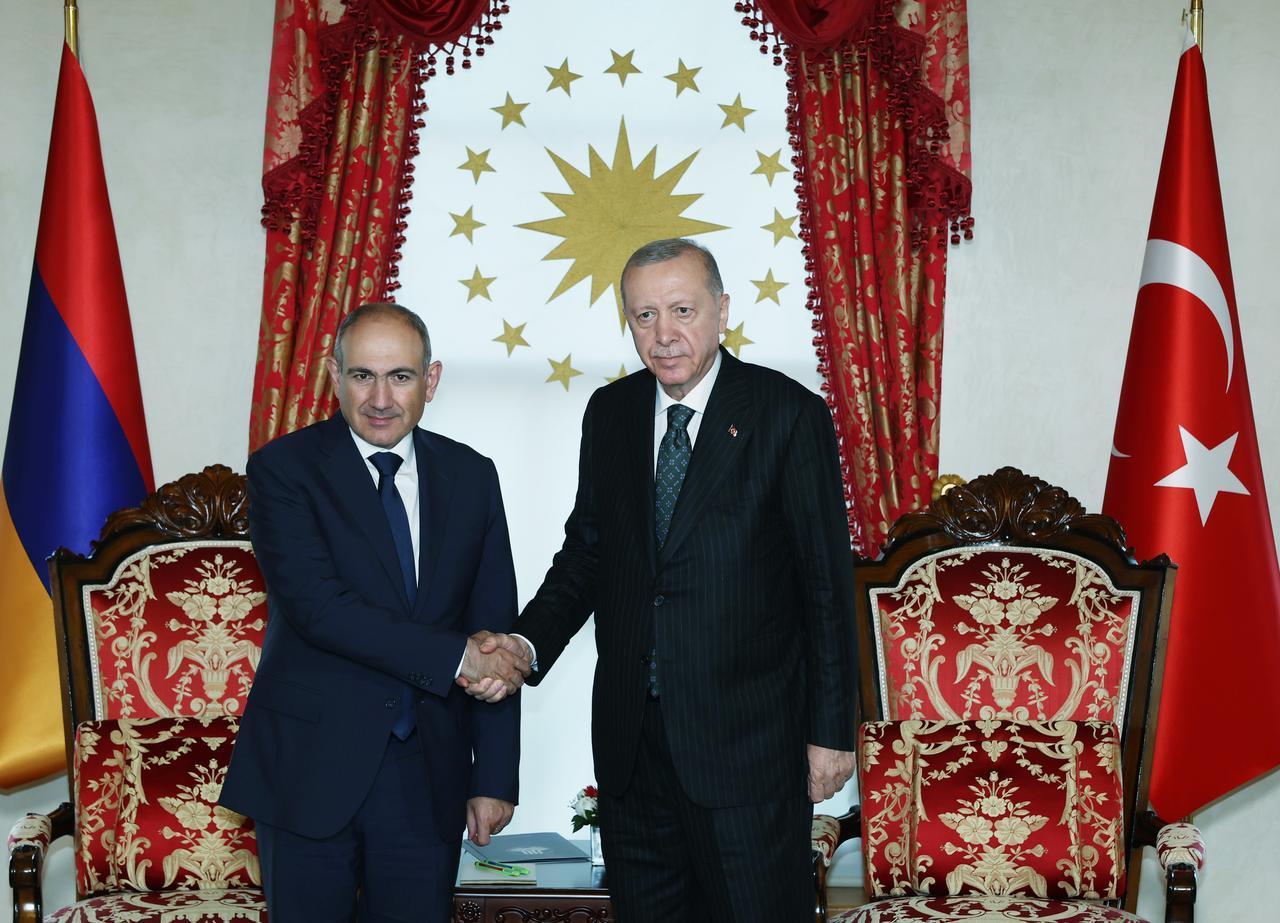
Diplomatic initiatives
Türkiye initiated the normalization process with Armenia from 2021 onward and held direct talks through special representatives.
These talks softened Armenia’s stance on opening border gates with Türkiye and laid the groundwork for the declaration.
Before the Washington summit, Ankara contacted both Baku and Yerevan and played a role in shaping some of the expressions in the declaration text.
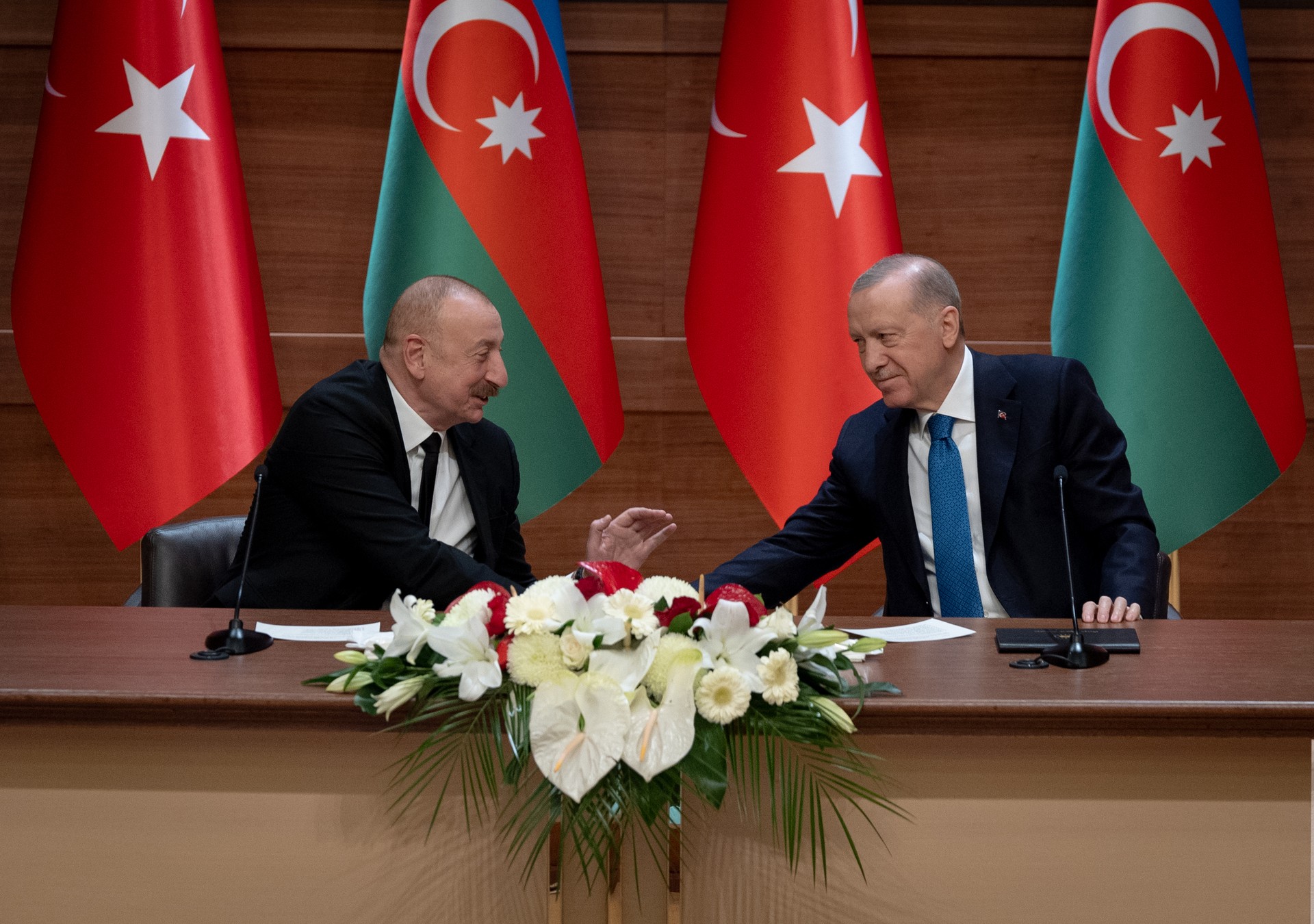
Strategic vision: Integration of Turkic world
The opening of the Zangezur Corridor will enable Türkiye to establish a direct land connection with Central Asia; this will form the basis of the “Turkic World Geoeconomic Belt.”
Türkiye is planning energy, logistics, and digital infrastructure projects along this corridor; new lines are on the agenda as an extension of the Baku-Tbilisi-Kars railway.
These developments align with Türkiye’s “Three Seas Strategy,” which aims to establish a trade and security axis between the Black Sea, the Caspian, and the Persian Gulf.
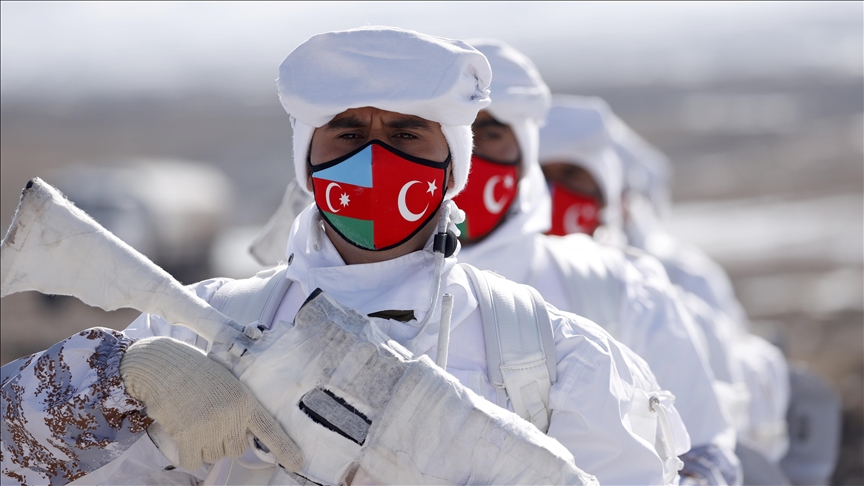
Security dimension
Türkiye has increased its deterrence in the region by conducting joint military exercises with Azerbaijan.
The normalization process with Armenia is seen as a signal of a return to Türkiye’s “zero problems with neighbors” policy, while also showing that Türkiye is a proactive country setting rules and establishing peace in regional issues.
As a NATO member, Türkiye’s active role in this process increased U.S. interest in the region and facilitated the signing of the declaration in Washington.
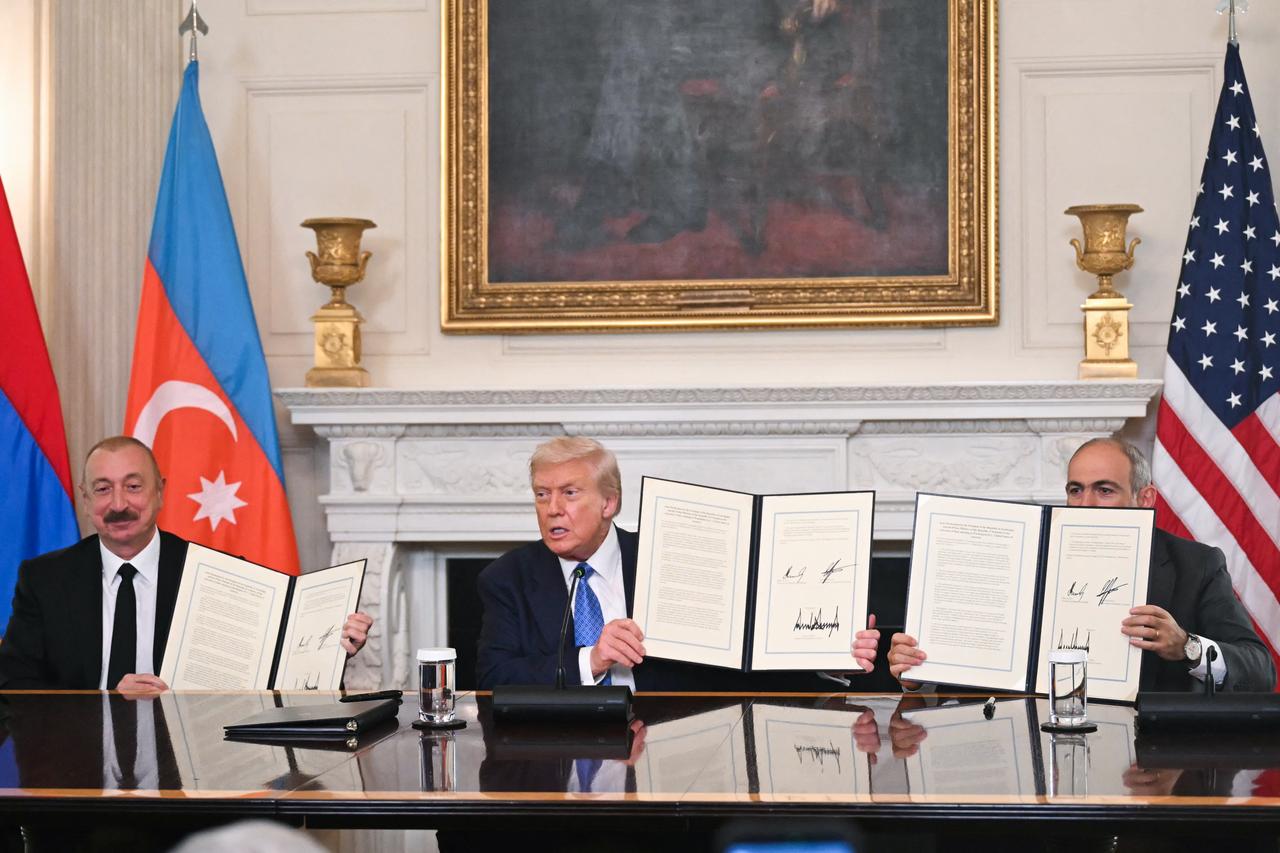
Although the Aug. 8, 2025, Declaration has opened the door to lasting peace in the South Caucasus, the sustainability of the process depends on many factors. Historical hostilities, regional rivalries, and domestic political dynamics increase the fragility of peace.
Risks and challenges
Opportunities and positive developments
If the parties adhere to the provisions of the declaration and complete the border demarcation and diplomatic recognition processes, a new era may begin in the South Caucasus.
This period will offer new strategic opportunities not only for Azerbaijan and Armenia but also for Türkiye, Iran, Russia, and the E.U.